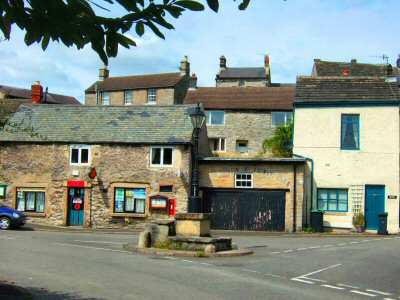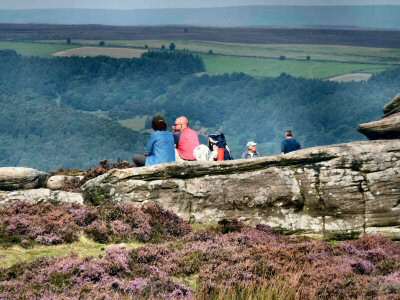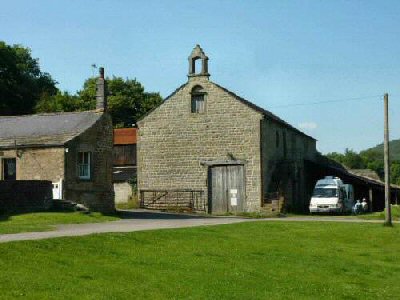CALVER AND CURBAR
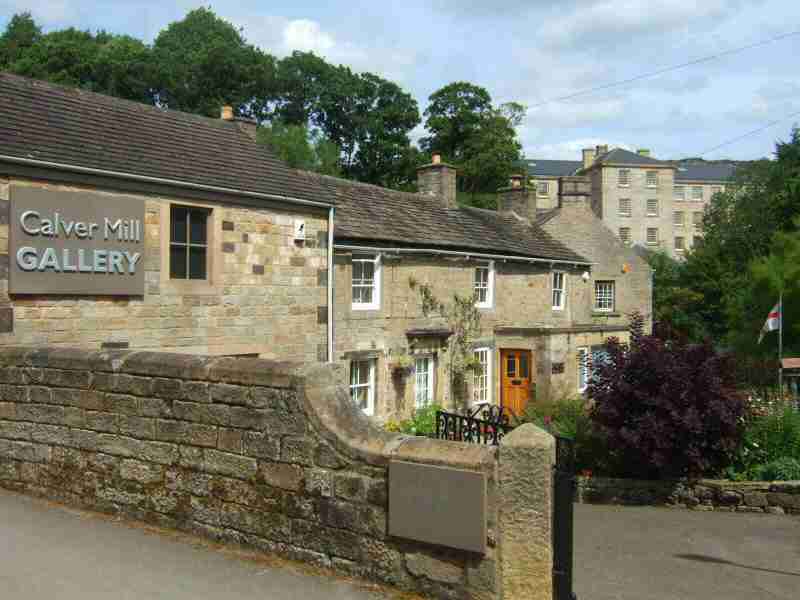
PLAN YOUR VISIT
Location: Calver and Curbar adjoin one another off the A623 Baslow to Stoney Middleton Road, one mile northwest of Baslow (SK242746).
Visit: Explore the old part of Calver at the centre of the village by the ancient cross, where a standpipe used to be attached so the villagers could draw water. – Visit the Derbyshire Craft Centre, which has a large selection of local and national crafts on display, plus a wide range of gifts, books, and other items. There is also a popular café, the Eating House. Take a walk up to Froggatt Edge, where the views are magnificent.
Refreshments: The Bridge Inn at Curbar by the River Derwent, the Derwentwater Arms, at the top of the hill above Calver village, which overlooks the cricket ground. Café 19 at Calver Crossroads, the Eating House near the river.
Walk: Calver Walk is an easy, level walk, the shortest in this section of walks. It follows a route along riverside paths by the River Derwent between Calver and the pretty village of Froggatt. The riverbank is well-wooded, and Froggatt Edge has excellent views near the walk’s midway point. Froggatt Bridge is unusual in having a large central arch on the village side and a smaller arch on the far side. The return journey is along the opposite bank of the River Derwent and finally through fields to join the road leading from Calver Mill.
Special Places of Interest in the Locality: Baslow, an attractive old village with an interesting church, an old bridge with a curious watchman’s hut, thatched cottages and a beautiful walk into Chatsworth Park. – Chatsworth House is one of the grandest stately homes in the country and the home of the Duke and Duchess of Devonshire. The gardens are magnificent. Enjoy a walk in the park free of charge. – Longshaw Visitor Centre, situated in the outbuildings of Longshaw House, is a popular place to stop for refreshments or to purchase a gift from the National Trust shop. There are lovely views and long and short walks to appreciate.
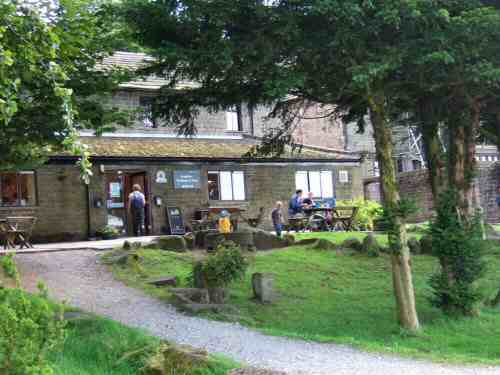

INTRODUCTION
The most attractive part of Calver’s little river valley village hides behind the main A623 road. Charming stone cottages and smart modern houses coexist in comparative harmony close to the ancient village cross.
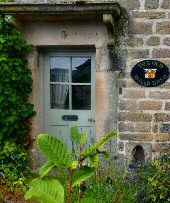
Only after building the first bridge across the Derwent and lead mining became popular did the village begin to take shape from an isolated community of scattered dwellings. In 1778, a small mill was erected close to the new bridge, and a much larger water-powered cotton mill was constructed soon after. The second building was destroyed by fire and replaced by the impressive seven-story granite building that remains today. No longer used for industry, it has been converted into luxury apartments.
CALVER MILL
The Mill achieved national recognition shortly after the Second World War when it featured as ‘Colditz,’ the notorious German POW camp, in a popular television series. During the series, the swastika flew high above the Mill, but no one was fooled. It was not the case during the war when lights lit on nearby moors. It misled the German bomber pilots into thinking that Sheffield lay below and released their loads harmlessly onto the moors.
CALVER VILLAGE
Calver is a combined parish of three with Curbar and Froggatt, both situated up the eastern slopes above the River Derwent. The former is the oldest and largest and is the only one of the three mentioned in the Domesday Book, when it was an outlier of the Royal Manor of Ashford.
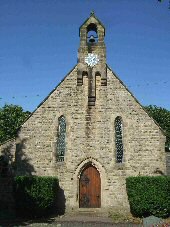
It is composed of three separate settlements, laid out in a roughly triangular fashion with Calver Bridge on the east. Calver Sough is in the north, and Calver itself fills the remaining area. The sough, which gives the area its name, dates back to the lead mining era. When channels were dug, called ‘soughs,’ to free the mines from flooding, the water flowed into a vast underground cavern.
STOCKING FARM
A short walk past the entrance to Calver Mill leads to Stocking Farm, which has a very dignified barn and an interesting-looking bell tower. Many visitors must have scratched their heads, surprised to see this rather unusual farm building. The answer to their bewilderment is that in the early 19th century, an upper room in the barn was used for religious services and later utilised as a school. When All Saints’ Church was consecrated in 1868, services were transferred, and a few years later, the barn lost its school and bell.
CURBAR
Curbar adjoins Calver and stretches steeply up the hillside from the A623 to Curbar Gap, from where there are magnificent views over the Derwent Valley. At the foot of the hill, the ‘old’ and the ‘new’ bridges that divide the village from Calver stand by the Bridge Inn. Curbar Primary School takes part in the ancient custom of the ‘May Bough’ when a tree branch is brought into school, decorated with flowers, and taken to various venues in Curbar and Calver, where it is displayed and singing and dancing occur.
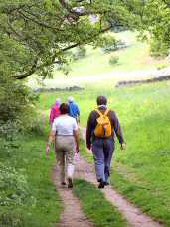
VILLAGE CENTRE
At the centre of Calver is the village cross, the base of which is very ancient. A standpipe was attached to it from which the villagers could draw water. On top is a lamp erected to commemorate the Queen’s Silver Jubilee.
Along Lowside, situated at the top of the hill, is the Derwentwater Arms, which looks down on the small but immaculately maintained village cricket ground. Calver Cricket Club is one of the country’s oldest cricket clubs. There is a record of Princess Victoria attending a match in 1832, almost 30 years before the formation of the Derbyshire County Cricket Club. The longest ‘big hit’ was made by George Walton, who hit the ball from the cricket ground to Calver Cross.
LOCK-UP
Standing alone in the corner of a field near the Cundy Graves is a unique 18th-century lockup with an unusual conical tower. At one time, it retained prisoners overnight while they were in transit to prison or court. Later, it was used for residential purposes but condemned as unfit for human habitation in 1935. It is Grade II listed.
CALVER CROSSROADS
At Calver Crossroads is a small supermarket with a café opposite a petrol filling station. Further around the corner is the attractive ivy-clad Eyre Arms. On the Stoney Middleton side is the former Heginbotham Boot Factory, which once manufactured steel-toe-capped boots. It is now an outdoor shop. The Little Shop on Hassop Road, established in 1919, now sells sweets and ice cream. It is a little gem with neat rows of jarred sweets on display.
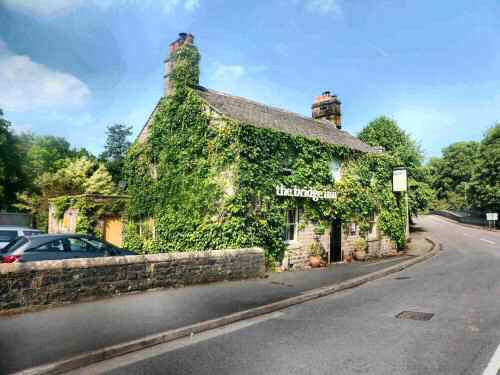

TEN FASCINATING FACTS ABOUT CALVER AND CURBAR

1. The Derbyshire Craft Centre has a large selection of local and national crafts on display, plus a wide range of gifts, books, and other items. It also has a popular café.
2. Calver Bridge News and General Store ceased trading in 2003. For many years, it operated as a village post office and shop. Before modern transport was readily available, the postmaster collected the mail in a wheelbarrow from Froggatt, about one mile away.
3. On the western side of Calver, Cliff College is set back from the A623. It is a Christian theological college founded by Henry Grattan Guinness in 1883.
4. The Little Shop on Hassop Road was once the domain of Fishy Bill, whose fish were not always as fresh as he claimed. Unfortunately, he seemed to have no sense of smell; if he did not sell all his fish one week, he would try to sell them the following week! He also sold ice cream, but sales fell after he was seen washing his feet in the ice cream bucket.
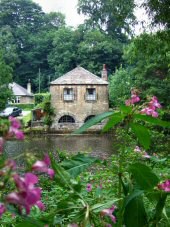
5. The invention and fitting of steel toe-caps for miners and similar trades where the use of the steel cap was beneficial led to the sale of 40,000 pairs of boots in 1938. As demand reduced later in the 20th century, boot manufacturing was transferred to Northampton, and Heginbotham’s Factory closed.
6. Somewhat unexpectedly, there is a bespoke tailor shop at Calver.
7. The attractive, eye-catching 18th-century Shuttle House looks out across the Derwent. It originally housed the sluice machinery that controlled the speed of the river water to power Calver Mill.
8. The gritstone escarpment of Froggatt Edge towers above the small village of Froggatt, which lies on the well-wooded banks of the River Derwent. It is in the same parish as Calver.
9. The Duke of Rutland originally owned the village of Froggatt, when the attractive stone cottages were occupied mainly by farmers and stonemasons.
10. A slightly strenuous walk up the road and field path to Curbar Gap rewards you with magnificent views from Curbar Edge. The easier option is to drive up, but beware: the car park at the top fills up quickly during busy times.
Calver Walk
